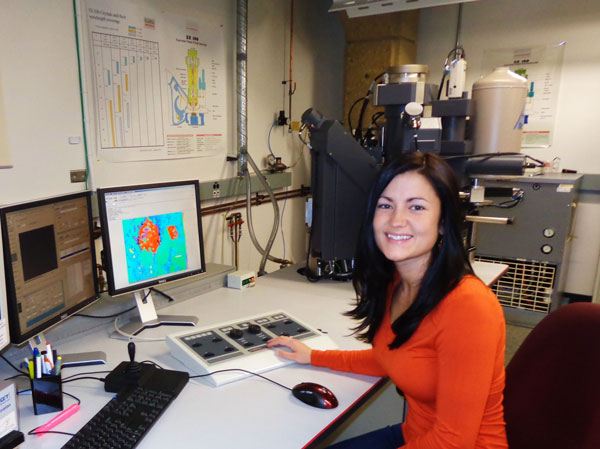Biography:
Born and raised on the Canadian Prairies in Winnipeg, MB, I began at the University of Manitoba in 2005 intending to pursue a degree in mathematics. After taking an introductory geology course as an elective, as well as for curiosity sake, I was immediately fascinated with the subject and instantly changed programs. My interest in research piqued with an NSERC grant that allowed me to participate in a study of the mineralogy and geochemistry of carbonatites with my undergraduate thesis focused on the paragenetic and geochemical constraints of niobium mineralization in the Aley carbonatite complex, BC. Upon graduation in 2011 and after a successful summer contract with Hudbay Minerals, I received a position with their exploration department and moved north to Flin Flon, Manitoba. Working in the mineral sector for two years as a field geologist I learned various aspects of the exploration industry including target generation and managing diamond drilling operations, however, my passion for education prevailed and I set out west for the University of Victoria in 2013.
Project: A Test of Fe-Ti Oxides as Porphyry Cu Deposit Indicator Minerals in Glacial Tills
Mineral exploration for porphyry Cu deposits in the Canadian Cordillera is largely focused on prospective Mesozoic calc-alkaline and alkaline intrusive igneous rocks, some of which are overlain by an extensive unconsolidated sediment cover. Magnetite, an abundant mineral in all porphyry systems, is known for its resistance during supergene weathering. Trace element analysis of ore-related magnetite from various porphyry deposits in British Columbia indicate that individual ore deposits show unique trace element signatures in hydrothermal magnetite that differ from typical magnetite in igneous or metamorphic rocks.
A rigorous quantitative assessment, such as discriminant functions or multivariate analysis, will test correlations of magnetite chemistry to barren or prospective igneous sources. Ultimately, the aim of this project is to investigate if the trace element signature of ore-derived magnetite in basal till can provide a unique exploration vector for effectively identifying mineralized porphyry systems.
